#pleistocene
Text


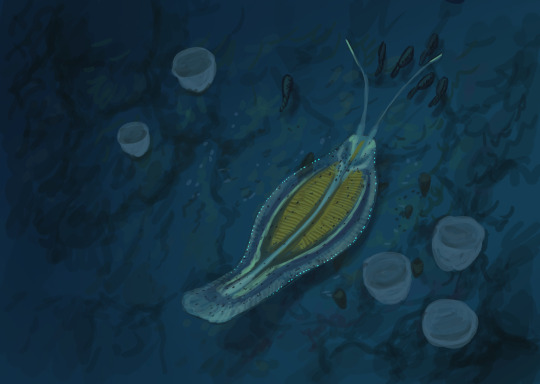
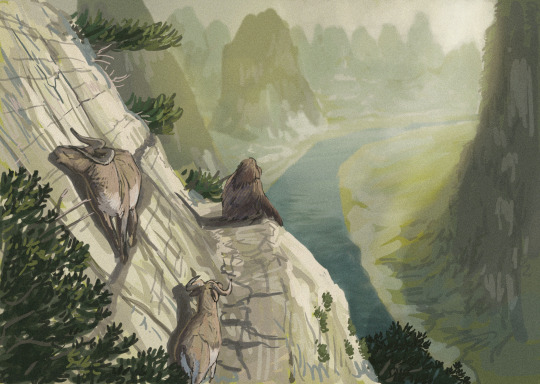
Results from the #paleostream
Entelognathus, Stenokranio, Timorebestia and Megalovis (with one big ape as well).
#sciart#paleoart#paleostream#palaeoblr#fish#placoderm#amphibian#stenokranio#pleistocene#goat#sketch#temnospondyl#arrow worm#gigantopithecus
1K notes
·
View notes
Text

Cave art inspired deer herd.
#Art#drawing#cave art#primitive art#pleistocene#ice age#digital art#deer#doe#buck#fawn#herd#nature#gold#palaeo#palaeosinensis#illustration#red#grass#grassland
1K notes
·
View notes
Text
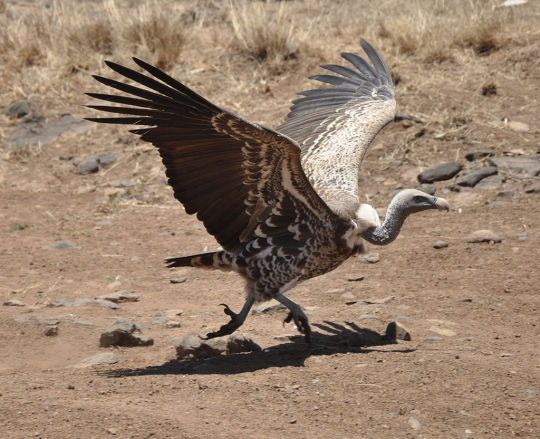
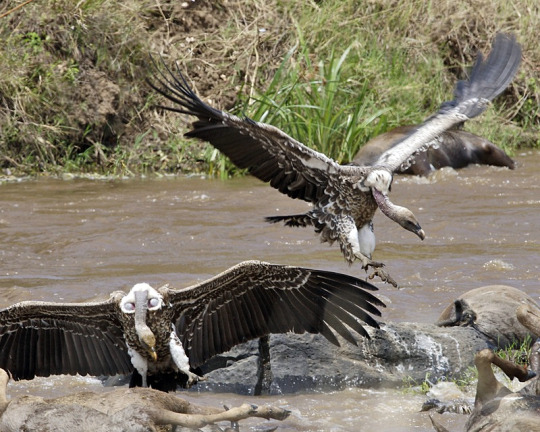
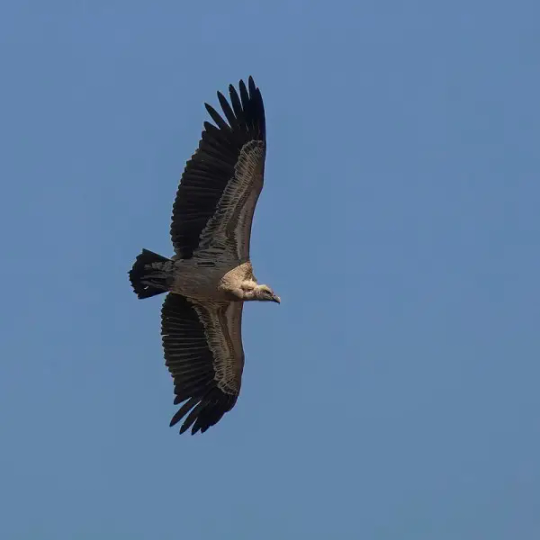
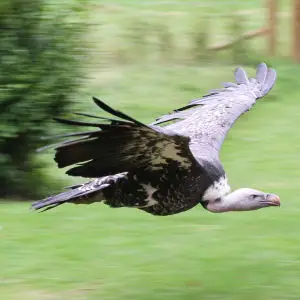

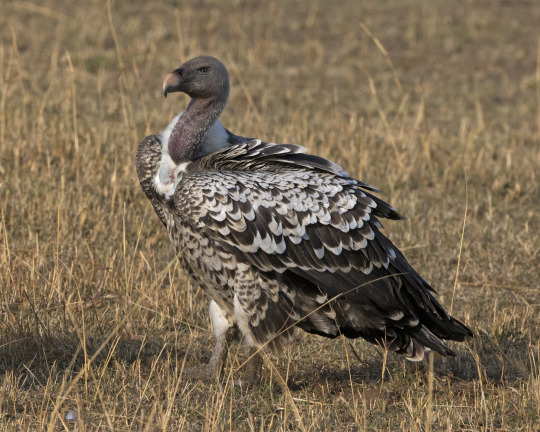
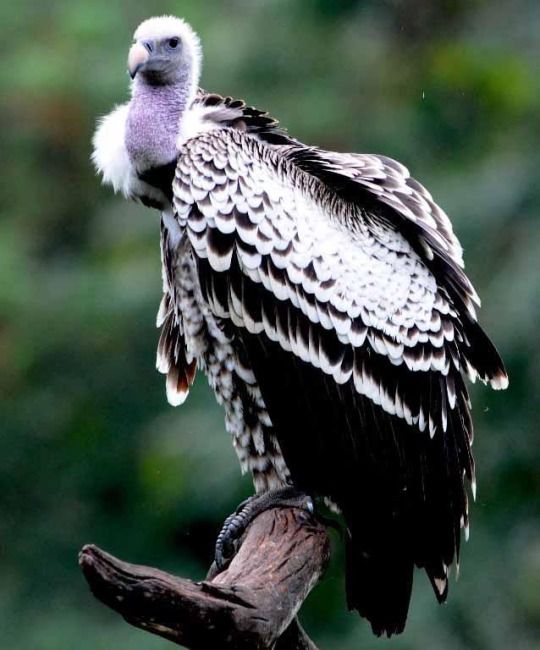
Rüppell's vulture also called Rüppell's griffon vulture, named after Eduard Rüppell, is a large bird of prey in the genus Gyps which is native throughout the sahel and eastern Africa including the countries of Algeria, Benin, Burkina Faso, Burundi, Cameroon, the Central African Republic, Chad, The Ivory Coast, Djibouti, Eritrea, Ethiopia, Gambia, Ghana, Guinea, Guinea-Bissau, Kenya, Mali, Mauritania, Niger, Nigeria, Rwanda, Senegal, Somalia, South Sudan, Sudan, Tanzania, Togo, and Uganda. Here they tend to inhabit grasslands, mountains, and open woodland. Rüppell's vultures are diurnal and very social birds, roosting, nesting, and feeding in large flocks. They spend much of their time flying at great altitudes, using strong winds and thermals to efficiently soar they are known to regular cruise at upwards of 20,000ft (6,000m) above the ground with some known to go as high as 37,000ft (11,300m) making them the highest flying bird. These vultures locate food by sight only, and often follow herds of animals. Once they find a carcass they swoop down, land a little way off, then bound forward with wings spread and their long neck outstretched. Even amongst old world vultures, Rüppell's vultures are specialized feeders with a spiked tongue and strong beak they can strip flesh with ease, and feed upon pelts, hides, and even the bones themselves. Reaching around 33 to 41in (85 -103cms) long, 14 – 20lbs in weight, with a 7.5-8.6ft (2.26 -2.6m) wingspan. They are one of the largest vultures in Africa, both sexes sport mottled brown or black feathering overall with a whitish-brown underbelly and thin, dirty-white fluff covering the head and neck. The base of the neck has a white collar, the eye is yellow or amber, the crop patch deep brown. The head does not have feathers. This species of vulture is considered to be monogamous, forming lifelong breeding pairs. They nest on cliffs in colonies up to a 1,000 strong. After courtship a pair will work together to build a nest using sticks, grass, and leaves that they have gathered or stolen from other nests, here the mother will lay 1 egg. Both parents share in incubation of their egg over a period of 55 days. Once the chick hatches, both parents will feed and tend to it for about 150 days when it fledges. Young remain dependent on their parents after fledging, not reaching independence until the next breeding season. Under ideal conditions a ruppells vulture may live up to 50 years.
#pleistocene#pleistocene pride#pliestocene pride#pliestocene#bird#dinosaur#vulture#ruppells vulture#africa#asia#europe#eurasia#flying#griffon#griffin#griffon vulture
436 notes
·
View notes
Text

Dying Mammoth, Zdeněk Burian, c. 1962
The world felt ripped apart during the avalanche. The floor moved, the hillside was the sky, everything was white, and trees snapped like pencils. Instincts were useless. There was no way to fight or flee; the mammoth could only be swept up with the chunks of mountain and forest. A thick, broken branch punctured the mammoth's haunch. A boulder slammed into its ribs. Snow filled the animal's nostrils and ears. It was better that way.
When it was all over, and the world stilled, the mammoth was just a lump among all the other refuse. It could not move; it did not want to, really. Breaths were difficult under the blanket of tossed trees and snow. The ice darkened where the branch stabbed it. The stillness of the valley was eerie, especially after the roar of the avalanche. The only sounds were of the mammoth's labored inhalations. When the wolves found it, those breaths had already stopped.
283 notes
·
View notes
Photo
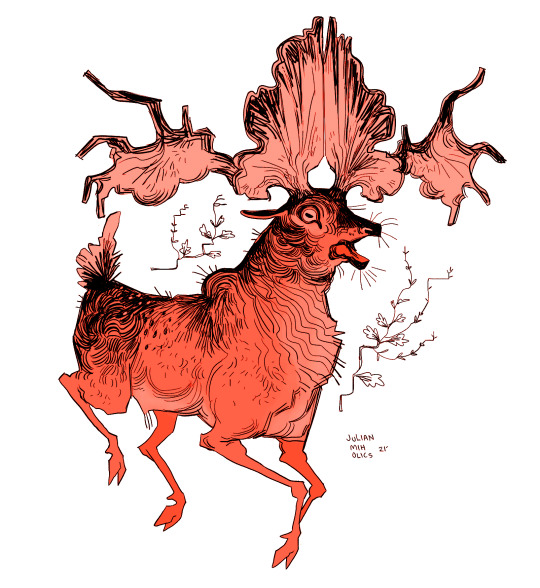
sinomegaceros pachyosteus :)
2K notes
·
View notes
Text

A quick sketch of Centropus colossus, a large extinct coucal from the Pleistocene of Australia
172 notes
·
View notes
Text
Animal of the Day!
Great Auk (Pinguinus impennis)

(Photo from the Cincinnati Museum Center)
Extinction Date- 1844
Habitat- Northern Atlantic Ocean
Size (Weight/Length)- 75 cm
Diet- Fish; Crustaceans
Cool Facts- The great auk, while looking like a penguin, is nowhere close to being related to them. These seafaring birds were the only auk species to survive to the modern era, numbering in the millions during the Pleistocene. They were extremely powerful swimmers and the abundance of fish in the Northern Atlantic provided greatly. The great auk was held in high importance to Neolithic peoples due to their depiction in cave art and jewelry made of their bones. Unfortunately, great auks were easy to hunt and resulted in their extinction. Their feathers were used in pillows and their eggs were seen as a delicacy. The last pair of great auks were strangled to death and their egg was smashed in 1844. Today, the great auk’s closest relative is the razorbill. Luckily, the razorbill is of least concern with an increasing population due to protections placed on their fishing grounds.
Rating- 12/10 (In the genus Pinguinus, which penguins were later named after.)
#animal of the day#animals#auk#monday#monday 16#great auk#birds#sea birds#biology#science#conservation#the more you know#extinct#taxidermy#pleistocene#extinctober
294 notes
·
View notes
Photo

Dire Wolf (Aenocyon dirus)
Patreon • Ko-fi • Facebook • Twitter • Prints & Merch
1K notes
·
View notes
Text

Sketches of four of the famous megafauna of the Pleistocene from left to right: Megaloceros giganteus, Coelodonta antiqua, Mammuthus primigenius and Smilodon fatalis.
#paleoart#paleontology#palaeontology#pleistocene#wooly mammoth#smilodon#megaloceros#wooly rhinoceros#cenozoic
163 notes
·
View notes
Text

Here's a commission I've been working on of a pair of Harlan's Ground Sloths (Paramylodon harlani).
These beasts could get up to 3 meters long and thrived in grasslands that bordered rivers during the Pleistocene.
224 notes
·
View notes
Text
anyone else out here missing the megafauna of the pleistocene?
184 notes
·
View notes
Text

Teratornis is usually depicted like a giant vulture but there is no indication that these large birds of prey looked like that. It appears more likely at this point that they were opportunistic ground hunters instead of primarily scavengers.
917 notes
·
View notes
Text


Two cave art inspired Megaloceros bucks creating their own thunder in the grass. This is a subsection of something bigger I was trying, but this is lovely on its own.
The noise and swirling faint patterns are anti-AI measures and are not present on the actual art print.
#art#palaeo#drawing#palaeosinensis#paleopanthera#illustration#digital art#painting#cave art#pleistocene#stone age#ice age#fossil#fossils#megaloceros#irish elk#megafauna#deer#buck#antlers#rut#fighting#paleo art#reconstruction#paleontology#cave painting
310 notes
·
View notes
Text

Tiliqua fragnens was a heavily armoured extinct Pliocene - Pleistocene Australian lizard that was the largest known skink! She has emerged from winter brumation to eat the spring wildflowers :)
#lizard#reptile#palaeoart#paleoart#skink#Tiliqua fragnens#megafauna#pliocene#pleistocene#wildflowers#my favourite wildflowers :)
250 notes
·
View notes
Text
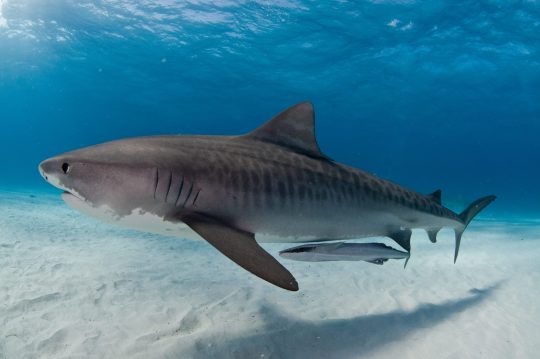
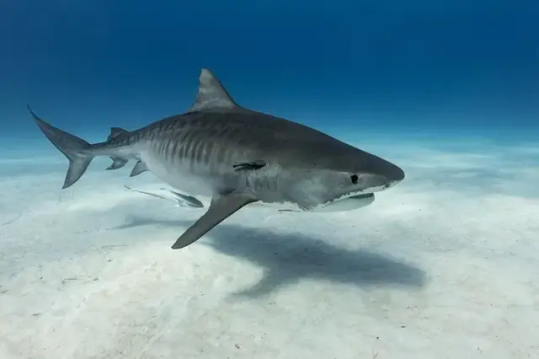

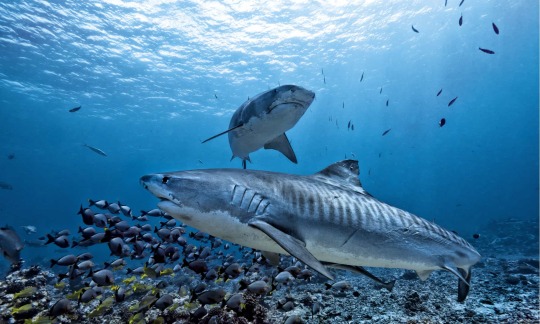
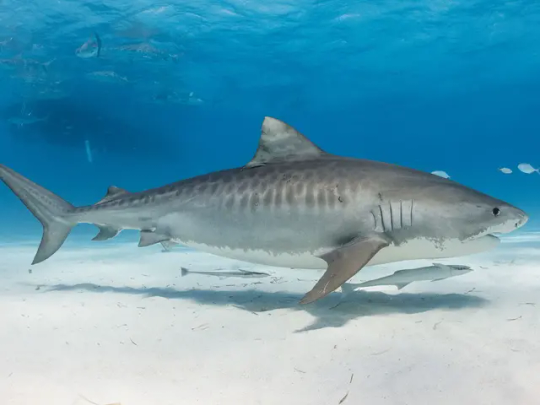
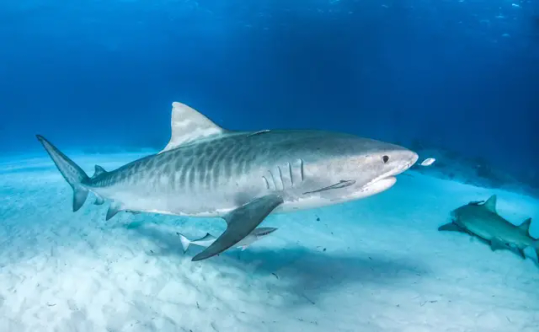
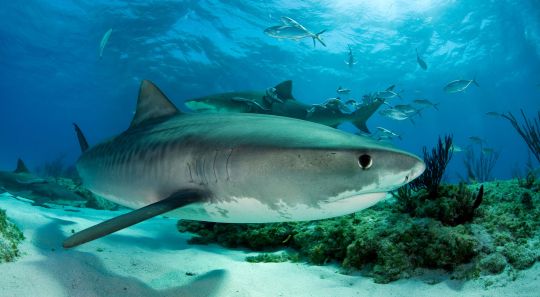
The tiger shark is a species of ground shark, and the only extant member of the genus Galeocerdo and family Galeocerdonidae. It is a highly nomadic species which inhabits tropical and subtropical waters world wide up to 3,000ft (900m) in depth, and is often found in coastal waters with particular abundance in the gulf of mexico, Caribbean sea, Indian ocean, and western pacific. Tiger sharks are often call the garbage cans of the sea and have reputation for eating almost anything. As such there diet is wide and heavily varied an is known to regularly include: small fish, jellyfish, crustaceans, cephalopods and other mollusks, rays, skates, sawfish, sea birds, sea snakes, sea turtles, other sharks, dolphins, seals, sea lions, dugongs, manatees, crocodilians, porpoises, and sick or injured whales. When near islands or coastlines they have been known to eat sheep, goats, dogs, pigs, rats, horses, deer, cattle, cats, camels, monkeys, inland birds, bats, lizards and inedible objects, such as license plates, cans, tires, books, boat oars, soccerballs and baseball bats. Tiger sharks are themselves occasionally preyed upon by orcas, great whites, and saltwater crocodiles. The tiger shark commonly reaches 10.5-14ft (3.2 -4.26m) in length and 385- 1400lbs (175 – 635kg) in weight, with the largest recorded reaching 18ft (5.5m) long and 3360lbs (1525kg). This ranks the tiger shark amongst the largest extant sharks on earth only being surpassed by the whale, basking, great white, pacific sleeper, Greenland, and blunt nosed sixgill sharks. They have a broad snout and stocky body with proportionally large fins and a long upper tail. Tiger shark teeth are unique with very sharp, pronounced serrations and an unmistakable sideways-pointing tip. Such dentition has developed to slice through flesh, bone, and other tough substances such as turtle shells. In the northern hemisphere the mating season takes place from march to may and the southern hemisphere from November to January, with males breeding every year while females breed once every 3 years. After a year long pregnancy mother tiger sharks give birth to 10 to 80 pups. Under ideal conditions a tiger shark may live upwards of 12 years.
#pleistocene#pleistocene pride#pliestocene pride#pliestocene#fish#shark#shark week#tiger#tiger shark
210 notes
·
View notes
Text
On a secluded beach in Morocco, an extraordinary window into our past has been uncovered, revealing 85 human footprints that trace back to an astonishing 90,000 years ago. This remarkable find offers a unique glimpse into the lives of a group of Homo sapiens who walked the earth during the Late Pleistocene era.
85 notes
·
View notes